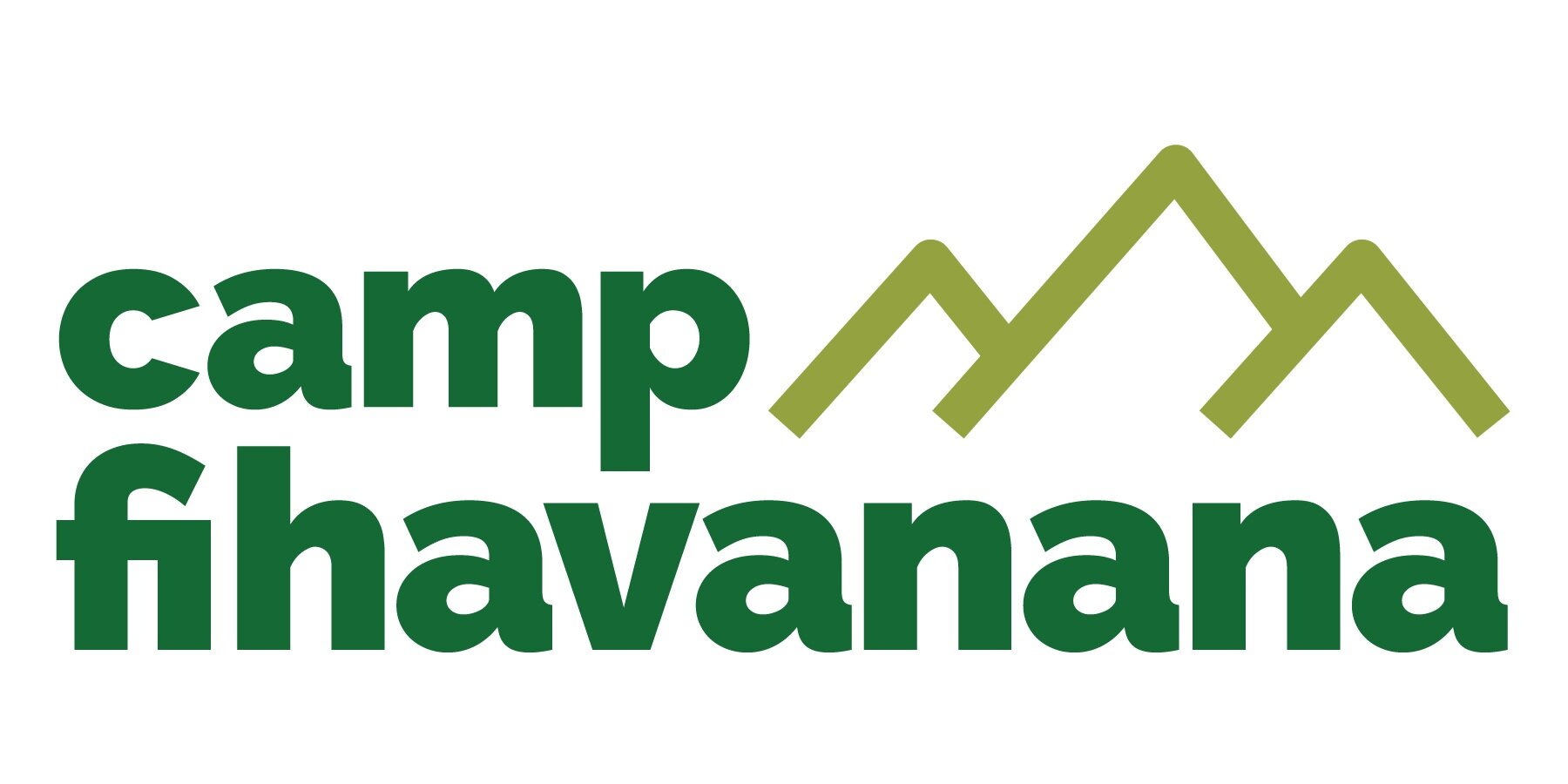Camp Fihavanana By the Numbers
We didn’t know how Camp Fihavanana was going to be accepted by the community nor did we know if it was going to be successful. As a storyteller, I want to tell you all about what happened during camp, but I am also going to share some statistics with you on the impact we made at camp. We surveyed our 30 camp participants upon the completion of Camp Fihavanana and all of the information here comes from their answers.
Going into the first day of camp was nerve-wrecking, both for the campers and the camp counselors. For the campers to join something that’s never been done in Moramanga before and not knowing what to expect, they trusted our staff wholeheartedly as they jumped into this two-week-long learning adventure. Our first lunch together was quite quiet. We could tell that the campers were trying to figure this new community out. Even after lunch, they patiently waited in their chairs for the next activity to begin instead of talking amongst each other to get to know one another. Laura came to me with her “What do we do in this situation” face.
We wanted the campers to have fun even during breaks and not mainly wait for structured activities. But how could we get this point across? These were times when our back pocket games came in handy to keep the energy level up, to break the ice, and to let the campers know that we were there not only to learn, but also to have fun! By the third day of camp, campers were hugging each other when greeting each other. Breaks became social times with endless conversations that were rushed to be wrapped up as the next activity was starting. By the end of week one, the presence of “Fihavanana” was truly embodied in every corner of the spaces we occupied, especially when we hiked the waterfall. In our end of camp survey, every single camper affirmed that they had fun and would recommend Camp Fihavanana to a friend, and ⅔ of them said the US Embassy visit and doing sports to be their favorite parts of camp.
Campers mastered their responsibilities - whether that was not forgetting their mouth guards for lacrosse practice, deciding who would get the food from the kitchen for lunch or who would help clean up after lunch, or picking volunteers to help the staff put away sports equipment at the end of the day. We learned through the surveys that over half of the campers were surprised at their ability to reach their goals. They have become agents of change in the Moramanga community by supporting other youth in the community. These campers are now holding lacrosse practice every Saturday morning where seven new Lacrosse players have joined the Camp Fihavanana Lacrosse Club. Half of our campers highlighted unity and sharing ideas as two of the most important values they received during camp. We hope that this post camp project will open doors for new opportunities for these students as we prepare for Camp 2018.

